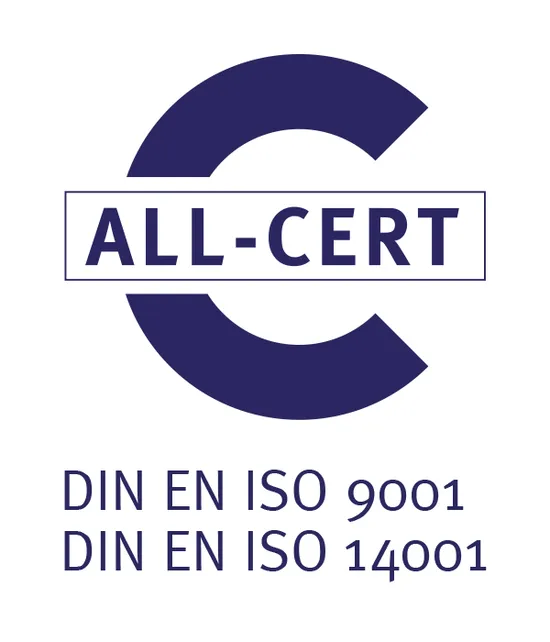| UV Curing Lamps |
- We can produce arc lengths from as 50mm to 3,000mm
- We can produce lamp power up to 60kW
- Check your existing part number in our database
uv-technik has a successful global reputation for manufacturing medium pressure UV curing lamps for over 20 years. We supply our UV lamps to customers around the world. Our mercury UV lamps are made to an exceptionally high quality and consistent standard, using only the finest quality materials to offer our customers the highest possible productivity and working life. We offer lamps for all types of systems and have a wide range of end caps and lead terminations.
We can produce a large range of UV lamps made to our customer's exact specifications from 80 w/cm to 550 w/cm, and arc lengths up to 4 metres in length. Furthermore, we offer conventional doping such as Bismuth, Gallium, Iron or Indium as well as customized combinations as required. In addition, we have an extensive database containing thousands of lamps that are equivalents (copies) for other suppliers and manufacturers.
| Key Points |
|
| Downloads |
| |
| |
| |
| Did you know? |
| We also manufacture low pressure lamps for disinfection + IR lamps. |
| |
| |
|
|
Made In Europe - Supplied Worldwide All of our UV components & systems are manufactured at our modern European factories - primarily our main uv-technik production facility (pictured) located in Ilmenau, Germany.
|
| You may also be interested in | |
| UV Measurement | Learn more about our wide range of UV measurement devices for UV curing lamps |
| UV Power Supplies | Learn more about our wide range of UV power supply units for UV curing lamps |
| UV Curing Systems | Learn more about the UV curing systems that we offer for UV curing applications |











